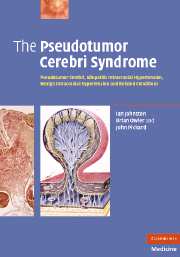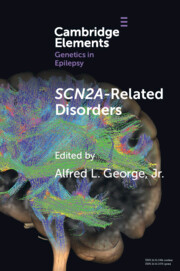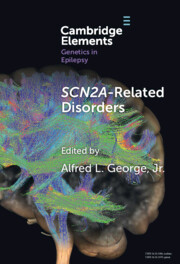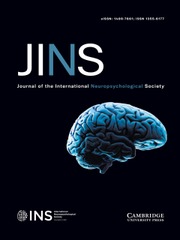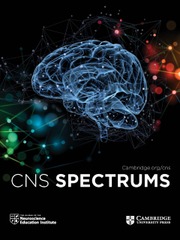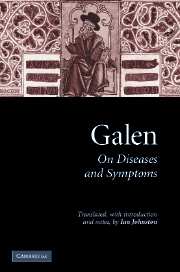The Pseudotumor Cerebri Syndrome
The condition known most widely as pseudotumor cerebri syndrome is of diagnostic interest and clinical importance not just to neurosurgeons, but also to neurologists, ophthalmologists and headache specialists. Variously called idiopathic intracranial hypertension, benign intracranial hypertension, and other names over the century or so since it was first recognised, the authors argue for the grouping of all these conditions under the name of pseudotumor cerebri syndrome on the basis of a common underlying mechanism - an impairment of CSF absorption due to abnormalities at the CSF/venous interface. The book reviews the development of ideas around some of the more contentious issues and deals in depth with aetiology, investigative findings and strategies, treatment and outcome, and in the concluding chapter, considers the possibility of establishing an experimental model to facilitate analysis of the unresolved issues, and pointing the way to a more complete understanding of this controversial condition.
- A comprehensive review of the subject giving clinicians the basis for a rational approach to diagnosis and management
- Based on the authors' own extensive patient series and literature review
- Resolves issues of aetiology and terminology with a unifying hypothesis
Reviews & endorsements
'The book is well written and easy to read. Many points are illustrated by case descriptions, allowing the reader to understand the complex nosology of these syndromes as well as the debate regarding mechanisms … This book will be of great interest to neurologists, opthalmologists, neurosurgeons and neurophysiologists, particularly those clinicans and researchers interested in cerebrospinal-fluid absorption disorders.' British Journal of Ophthalmology
Product details
May 2007Hardback
9780521869195
368 pages
254 × 180 × 24 mm
0.9kg
42 b/w illus. 2 colour illus. 30 tables
Available
Table of Contents
- 1. Introduction
- 2. History of the pseudotumor cerebri concept
- 3. Disease mechanism
- 4. Nosology, nomenclature, and classification
- 5. Aetiology
- 6. Clinical features
- 7. Clinical investigations
- 8. Treatment
- 9. Outcome
- 10. Experimental studies
- 11. Conclusions
- 12. Bibliography.

